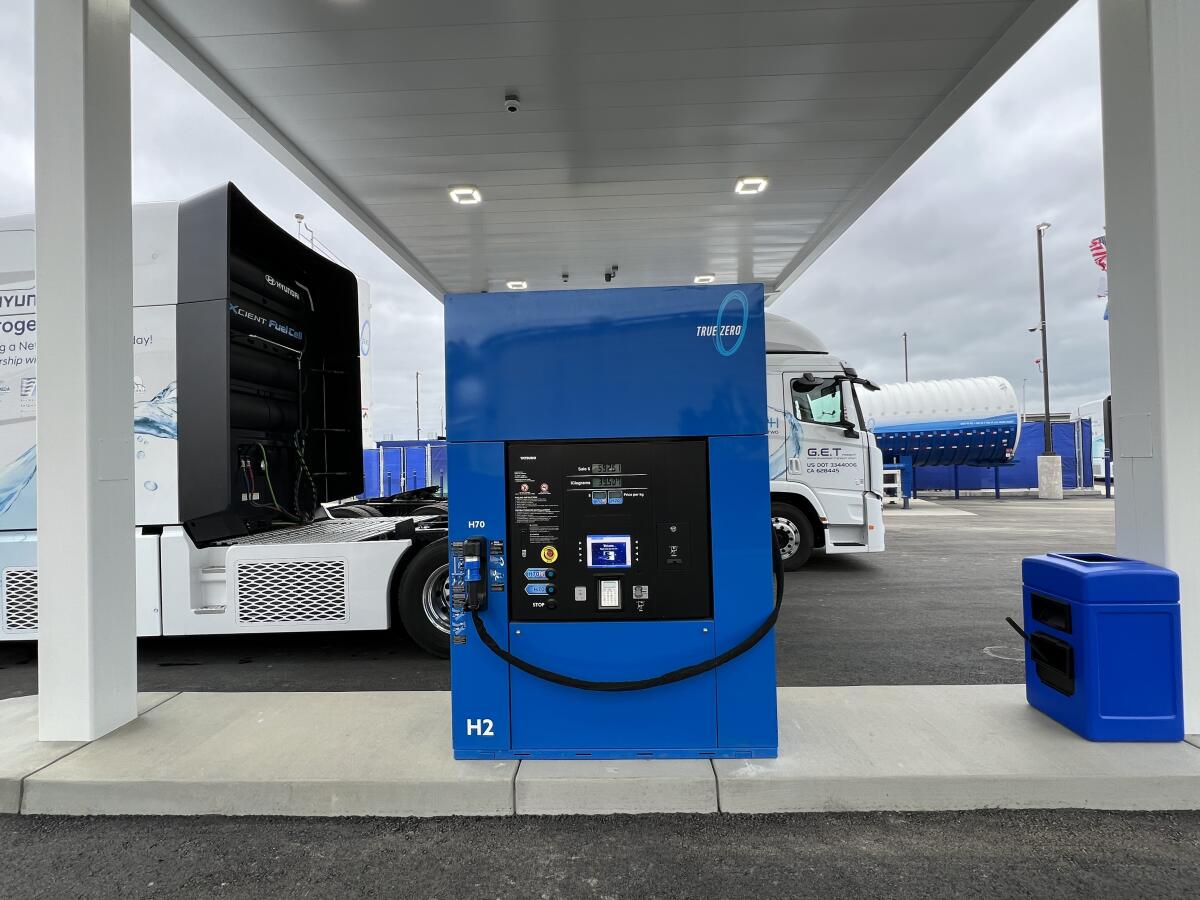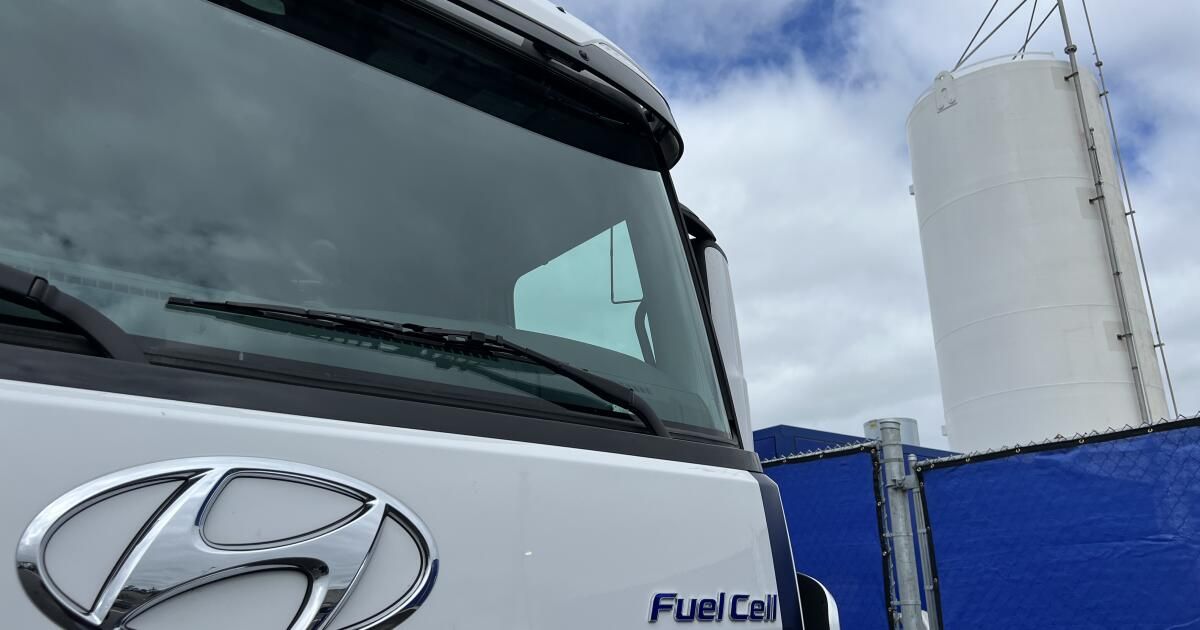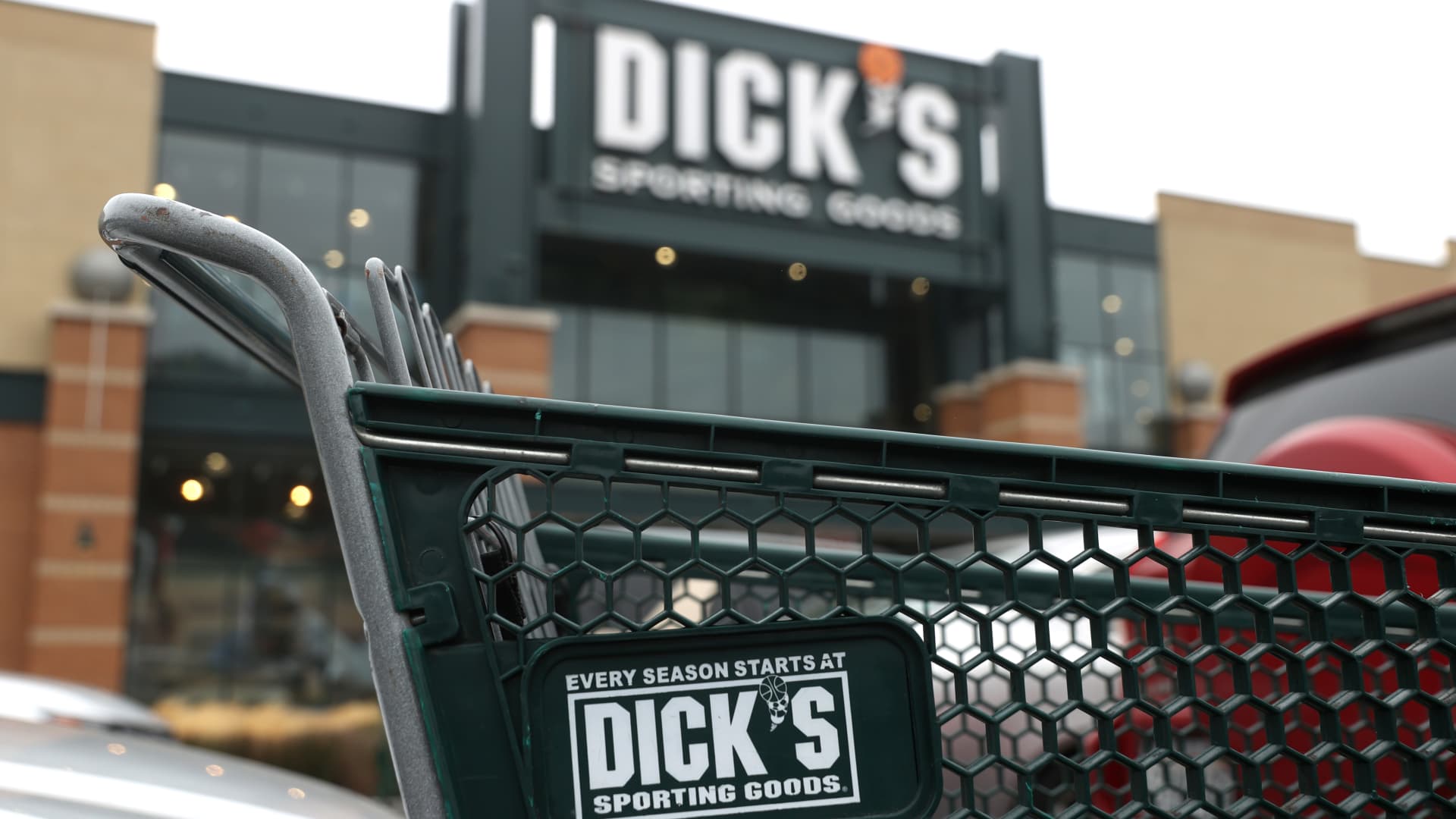OAKLAND— The first commercial hydrogen fueling station for large trucks in the United States is operational at the Port of Oakland, a small step toward what hydrogen advocates see as a clean new future for long-haul trucking.
The small station, which now services 30 hydrogen fuel cell trucks, could mark the start of a national network for refueling fuel cell trucks. It could also fail.
Aggressive and impactful reporting on climate change, the environment, health and science.
The challenges are immense. Hydrogen fuel is expensive: up to four times more expensive than gasoline or diesel. Fuel cells, which power the electric motors to move the truck, are also enormously expensive.
Hydrogen production is now a dirty process that generates greenhouse gases, although green hydrogen production is an emerging and even more expensive option. Hydrogen advocates rely on the idea that increased production will drive down prices
The sale of new diesel trucks will be banned in California by 2036. Only new trucks with zero tailpipe emissions will be allowed. There are already zero-emissions requirements for trucks entering seaports. And there are only two technologies available to achieve that goal: battery electric trucks and hydrogen fuel cell trucks. “We think a good portion of them will be hydrogen vehicles,” said Matt Miyasato, head of public policy at hydrogen fuel distributor FirstElement Fuel.
FirstElement, through its True Zero-branded fueling stations, is the largest distributor of hydrogen fuel for vehicles in the U.S. Miyasato spoke Tuesday at a ceremony to mark the station's opening, attended by state officials, including Liane Randolph, chairwoman of the California Air Resources Board; and Tyson Eckerle, clean transportation advisor for Gov. Gavin Newsom's business development office, Go-Biz. Primary funding for the Oakland station comes from state money channeled through the Air Resources Board and the California Energy Commission.

A hydrogen pump at FirstElement's True Zero hydrogen fueling station at the Port of Oakland.
(Russ Mitchell/Los Angeles Times)
Hydrogen fuel holds great promise for cleaner air. It is not a fossil fuel. A fuel cell is a type of battery that absorbs hydrogen and emits only water vapor.
However, hydrogen production itself can be very dirty. Most hydrogen produced today requires methane, which is a fossil fuel and a major contributor to greenhouse gases. The industry is working on production alternatives, including carbon capture and storage from burning methane, or abandoning methane altogether to produce green hydrogen, using an electrolyzer to split hydrogen and oxygen from water. Both alternatives are prohibitively expensive without government subsidies.
The federal government is distributing $8 billion to boost what it calls the “hydrogen economy” by creating so-called hydrogen hubs. One of them will be developed in California, which is expected to raise $1.2 billion for the project.
Eckerle said the center's funding will allow for the construction of 60 more hydrogen truck stations in California, enough to service 5,000 trucks and 1,000 buses.
The vehicles themselves are also expensive. Both battery electric and hydrogen fuel cell trucks can cost three times as much or more than a $120,000 diesel truck. Those who purchase the trucks may qualify for state and federal subsidies to cover most of the initial costs.
Battery electric vehicles are gaining ground in the mid-size delivery truck market, but hydrogen could have an advantage for long-haul trucks. While a fuel cell is comparable in size to a diesel engine, a battery large enough for long-haul trucks adds weight and size and reduces the total load the truck can deliver. And although a battery-electric truck can take hours to recharge, hydrogen recharging time is more comparable to refueling with diesel fuel.










